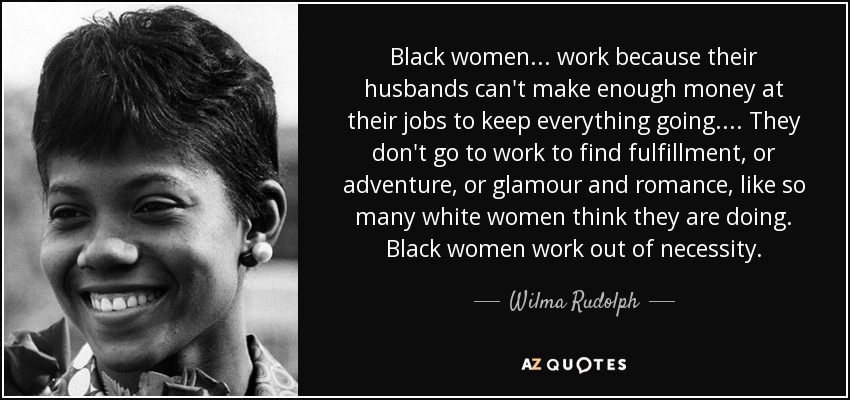
In Chapman, A. B. (2007). In search of love and commitment: Dealing with the challenging odds of finding romance, Chapman suggests that African Americans are not “rushing” to get married due to economic reasons, and low marriageability rates for both males and females. And according to New York Times, http://www.nytimes.com/2011/12/11/opinion/sunday/black-and-female-the-marriage-question.html?pagewanted=all , the low rate of African Americans getting married is still prevalent.
Chapman explains that African American men and woman believe damaging stereotypes about each other, an issue with roots deep in slavery. In another article, “African-American Women and the Male-Female Relationship Dilemma: A Counseling Perspective,” Bethea explains that because of slavery and the aftermath of it all both African American men and women could not fully fulfill their gender roles in the family. One example of this is the man’s ability to contribute economically. In Richardson, B.L. & Wade, B. (2001). What mama couldn’t teach us about love, “Anti-Intimacy Beliefs” are used to help understand the myths African American women often face when in a relationship. These myths can be understood through slavery. For example, the belief “ “I will lose anyone who gets close to me” is tied into the fact that families were often always separated during slavery. The myth “I’m not good enough to be loved” can also be tied into slavery. Slave owners saw African Americans as property and treated them as that. Slave owners used tactics to lower slaves self-worth in hopes that this would make them more obedient.
Different psychoeducational programs geared towards African Americans could help to increase African American marriages. Educating youth and adults on the emotional, social, and economic benefits of marriage may help to reshape the idea that one cannot marry because of economic reasons, but instead one should marry to better their economic situation. These programs could be implemented in churches or through school programs. Another issue that could be possibly helped by implementing psychoeducational programs in churches and high schools, is the issue of low marriageability rates. Psychoeducational programs that gear to educate men and woman on stereotypes within the African American dating community and their roots, provide information on how to have positive conversations with partners about the effects of these stereotypes on their relationships, and allow for open discussions on healthy relationships.




